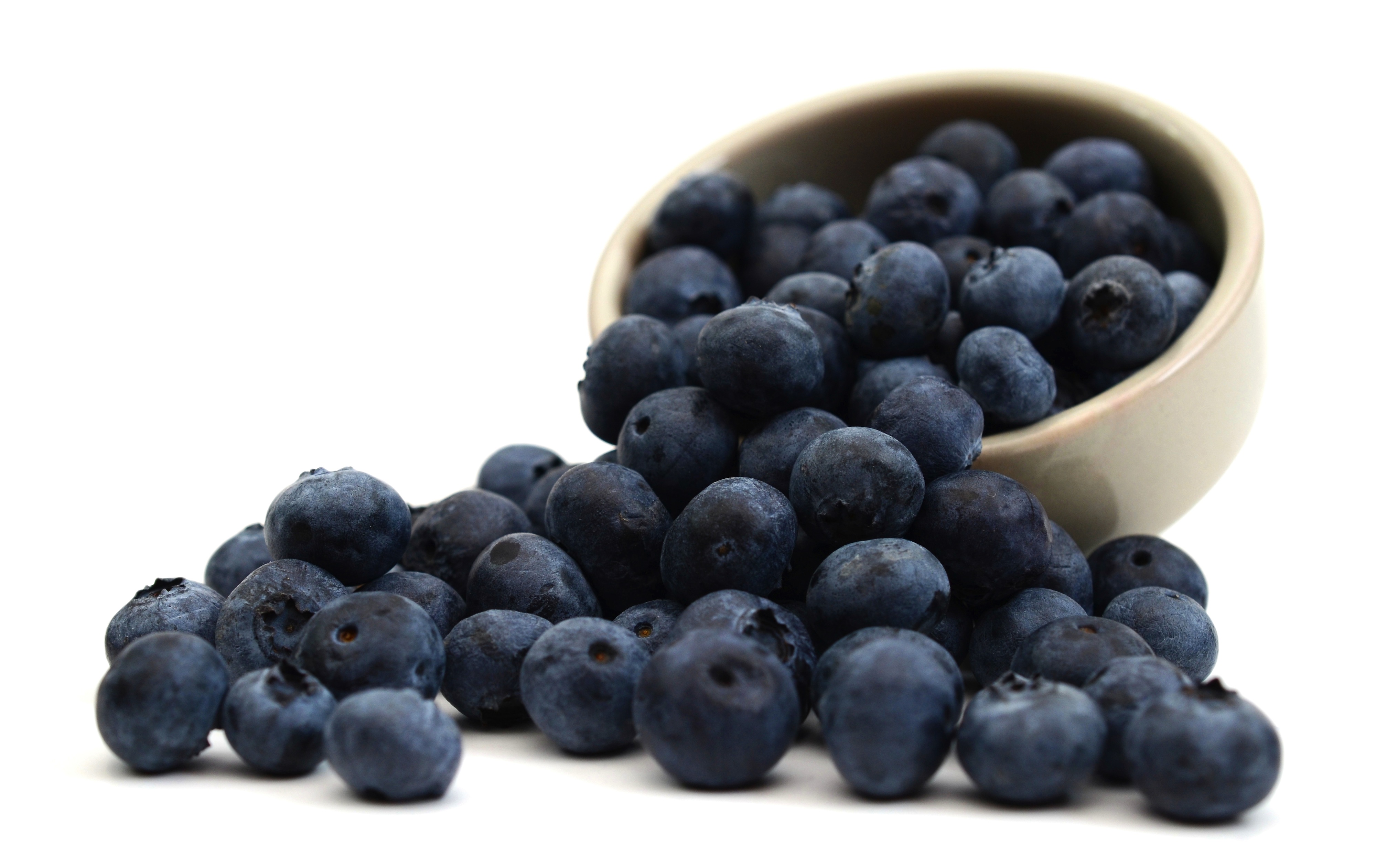Blueberries in Charts: How does Peru’s expected big increase play into its export strategy?
In this installment of the ‘In Charts’ series, Colin Fain of Agronometrics illustrates how the U.S. market is evolving. Each week the series looks at a different horticultural commodity, focusing on a specific origin or topic visualizing the market factors that are driving change.
Peru’s blueberry exporters this season expect to ship between 100,000 metric tons (MT) and 110,000MT, according to Roberto Vargas, president of ProArandanos. Even if we just take the lower end of what is expected, this would mean a 28% increase over last year’s 78,000MT.
This volume by no means makes Peru the largest producer in the world. But the rate of growth the origin has experienced is the fastest the world has ever seen.
Even if we just look at the imports to the U.S., we can clearly see how Peruvian producers have gone from sending symbolic volumes five years ago to becoming a major player – and the largest supplier during the height of their production window.
Non-Organic Blueberry Volumes from Peru
Source: USDA Market News via Agronometrics. Agronometrics users can view this chart with live updates here.
As the 2019-20 season gets underway, Peru has already sent an impressive volume to the U.S.; exports have risen seven-fold from 213MT to 1,400MT.
This increase in volume is indicative not only of Peru’s increase in production but also – I believe -of the strategic management of its season. The country has been continually pushing its exports forward to center its production in September, October and November. In the U.S., those months fall between Canada and Chile and have historically been the hardest to supply.
Historic Non-Organic Blueberry Volumes from Peru
Source: USDA Market News via Agronometrics. Agronometrics users can view this chart with live updates here.
When it comes to how Peru’s fruit is being received by importers, all the signs are very encouraging. This is possibly a nod to the quality of fruit the origin is producing, while other origins are winding down.
In per-kilo terms, Peruvian fruit has fetched the highest prices in the market for the last three weeks running; they achieved a $2.67 per kilo premium over Washington and Oregon, its nearest competitors.
Non-Organic Blueberry Prices per Kilo by Origin
Source: USDA Market News via Agronometrics. Agronometrics users can view this chart with live updates here.
In our ‘In Charts’ series, we work to tell some of the stories that are moving the industry. Feel free to take a look at the other articles by clicking here.
You can keep track of the markets daily through Agronometrics, a data visualization tool built to help the industry make sense of the huge amounts of data that professionals need to access to make informed decisions. If you found the information and the charts from this article useful, feel free to visit us at www.agronometrics.com where you can easily access these same graphs, or explore the other 20 fruits we currently track.
24/09/2019








